According to Apatit Lao Cai, by 2040, Apatite ore of types I, II, III will no longer meet the production needs of units in the Vietnam Chemical Group (Vinachem).
At the Conference on the Implementation of the National Mineral Planning according to Decision No. 866/QD-TTg dated July 18, 2023 of the Prime Minister, organized by the Vietnam Chemical Group (Vinachem) on December 20, 2024 in Lao Cai city (Lao Cai province), many fertilizer and chemical production enterprises of Vinachem, together with management agencies from the Department of Geology and Minerals (Ministry of Natural Resources and Environment), the Department of Industry and Trade of Lao Cai province, and experts discussed difficulties and problems related to the declining quality of apatite ore as well as the forecast shortage of ore supply in the coming time.
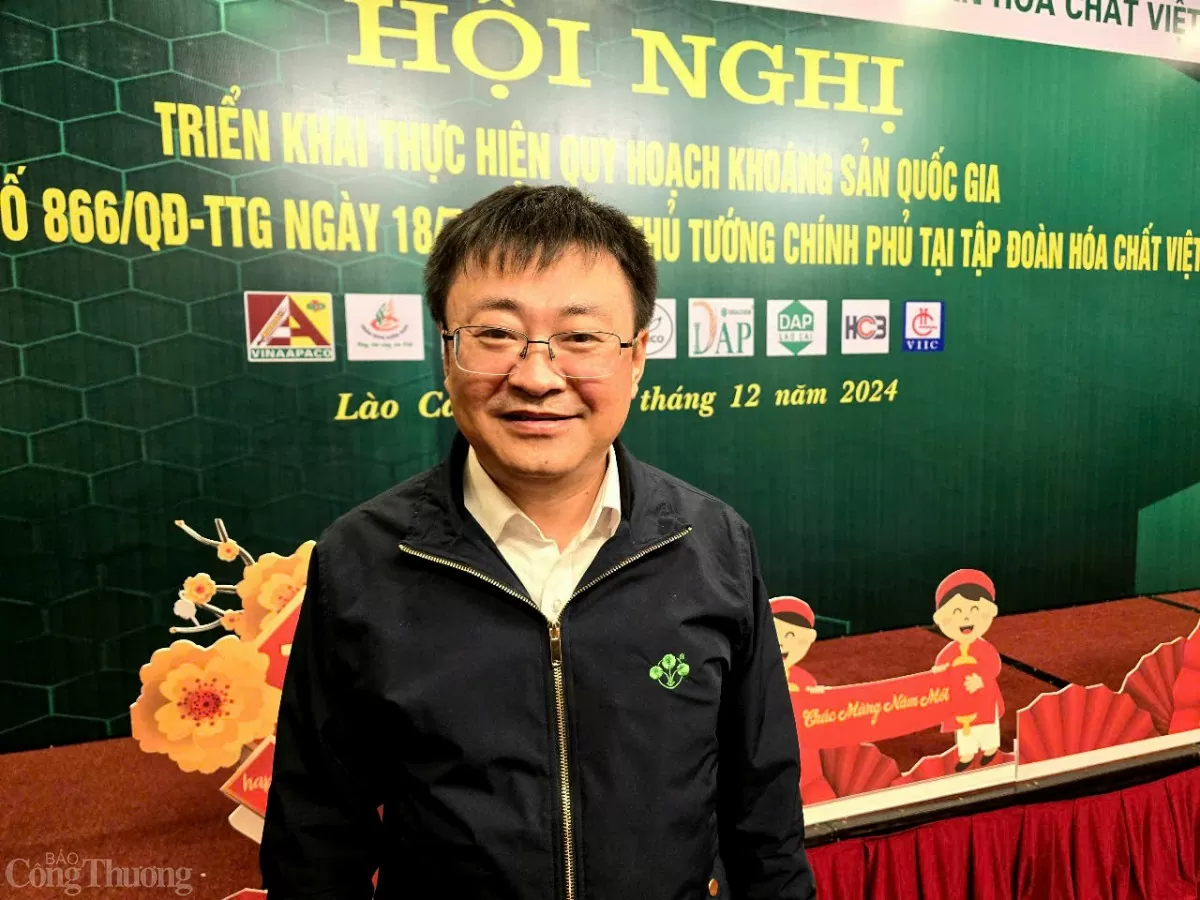 |
| Running out of Apatite ore by 2040, Vinachem worries about shortage of raw materials for fertilizer production |
Apatite ore quality declines, fertilizer businesses face difficulties
Mr. Tran Dai Nghia, Deputy General Director of Lam Thao Super Phosphate and Chemical Joint Stock Company said: In recent years, the production of commercial superphosphate from Apatite ore to meet QCVN 01-189:2019/BNNPTNT of the company has encountered many difficulties due to the quantity and quality of apatite ore put into production, the P 2 O 5 content in the ore gradually decreased, and the metal oxide impurities increased, causing P 2 O 5 hh, P 2 O 5 ht in commercial superphosphate to be below Vietnamese standards.
“The shortage of apatite ore affects the proactive production of superphosphate; due to insufficient ore, the production lines of superphosphate and H2SO4 acid sometimes produce at high load, sometimes at low load, which is unstable; therefore, the inventory of superphosphate products is low and affects the quality of superphosphate because the technology of producing superphosphate requires 20-25 days after the reaction, preparation, incubation, and mixing to reach the quality of commercial superphosphate; thus affecting the reserve and supply of commercial superphosphate products and superphosphate for the company's NPK production” - Mr. Nghia said.
According to Mr. Nghia, the decline in the quality of P 2 O 5 ore is about 1% compared to 2022, 1.75% compared to 2020 and is increasingly decreasing; the quality of superphosphate produced decreases by about 0.5-1% P 2 O 5 hh.
“In addition, superphosphate also decreased sharply in P 2 O 5 ht (P 2 O 5 dissolved in water) by about 1.5%. The scientific basis for the decrease in P 2 O 5 ht is due to the increase in metal oxide impurities, especially iron oxide and aluminum oxide in the ore. Actual analysis results also showed that the higher the iron and aluminum content, the lower the P 2 O 5 ht in superphosphate” - Mr. Nghia added.
Mr. Nghia affirmed that with such high iron and aluminum impurities, the P 2 O 5 ht content in superphosphate produced from the above ore will only reach 7-8.5% P 2 O 5 ht when the superphosphate product is stable, not meeting QCVN.
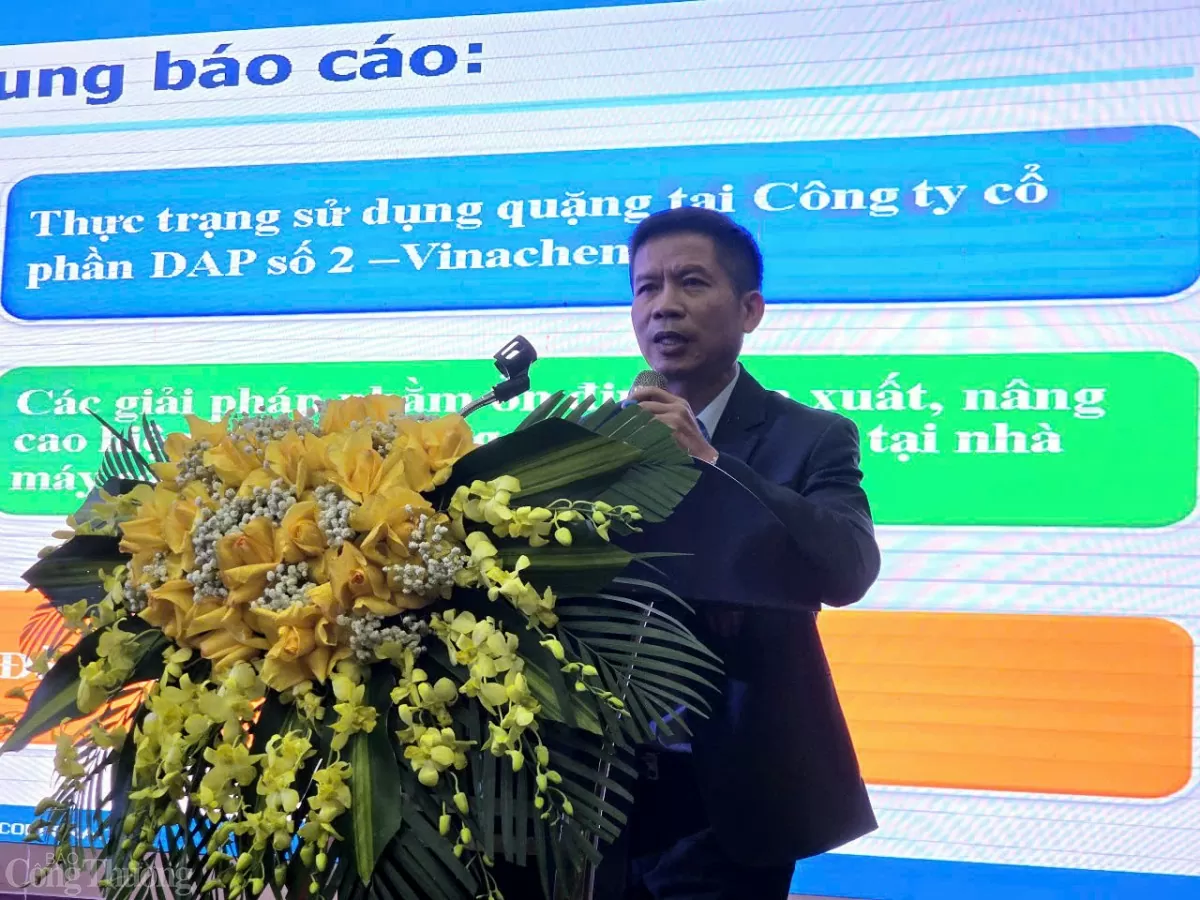 |
| Mr. Vu Viet Tien – General Director of DAP No. 2 Joint Stock Company – Vinachem. Photo: Thu Huong |
Like Lam Thao Super Phosphate Chemical Joint Stock Company, DAP No. 2 Joint Stock Company - Vinachem also encountered many difficulties in production due to increased costs, increased gypsum waste due to the decline in the quality of apatite ore - the main raw material for the production of DAP products and CPA concentrated acid.
Sharing about this content, Mr. Vu Viet Tien - General Director of DAP Joint Stock Company No. 2 - Vinachem said: The quality of apatite ore has gradually decreased from 30% and up to now many samples have not reached 29%, metal oxide impurities were previously below 6% but now are all above 9%, some samples up to 10%, making it difficult for us to produce DAP products and thus production costs increase, high raw material consumption.
"The decline in ore quality has reduced the quality of phosphoric acid. The increased metal oxide impurities have resulted in the inability to raise the P2O5 concentration in CPA concentrated acid to 52% as designed, only reaching 44%. The concentrated acid product did not reach 28% but only reached 21-22%... which led to increased fuel and energy costs, many impurities leading to equipment damage as well as increased gypsum waste" - Mr. Tien emphasized and said that in order to maintain the operation of the reaction filtration stage, the company had to adjust some technological parameters, including increasing the residual SO3 content in the reaction sludge higher than the original design requirements, leading to an increase in the amount of SO3 in the product acid.
Solutions for Ore Quality in Production
According to Mr. Tran Dai Nghia, to ensure the quality of commercial superphosphate, the company has added enriched superphosphate, double superphosphate, MAP, DAP... however, this has increased product costs, labor costs, electricity costs...
“Based on the results of P 2 O 5 ht content in superphosphate from 7-8.5%, the amount of MAP that must be added to produce superphosphate reaching P 2 O 5 hh is about 50-80 kg/1 ton of superphosphate product. In fact, the results of MAP addition in August to ensure P 2 O 5 ht had to add 75 kg of MAP/1 ton of superphosphate. Adding 75 kg of MAP/1 ton of superphosphate increased the cost by about 700,000-900,000 VND/1 ton of superphosphate” - Mr. Nghia said.
In addition, when adding MAP or double Super, it is necessary to invest in additional equipment, labor, and energy costs to run the production line. These costs have not yet been specifically calculated, but the increase in electricity is about 10%.
According to Mr. Tran Dai Nghia, due to the daily decline in the quality of apatite ore, the P 2 O 5 content of the ore imported to the company is unstable and uneven, leading to the production of superphosphate with unstable quality. Therefore, to stabilize product quality, the company has developed a plan to specialize in the production of superphosphate from May 6, 2024. Although this solution also increases production costs for the company.
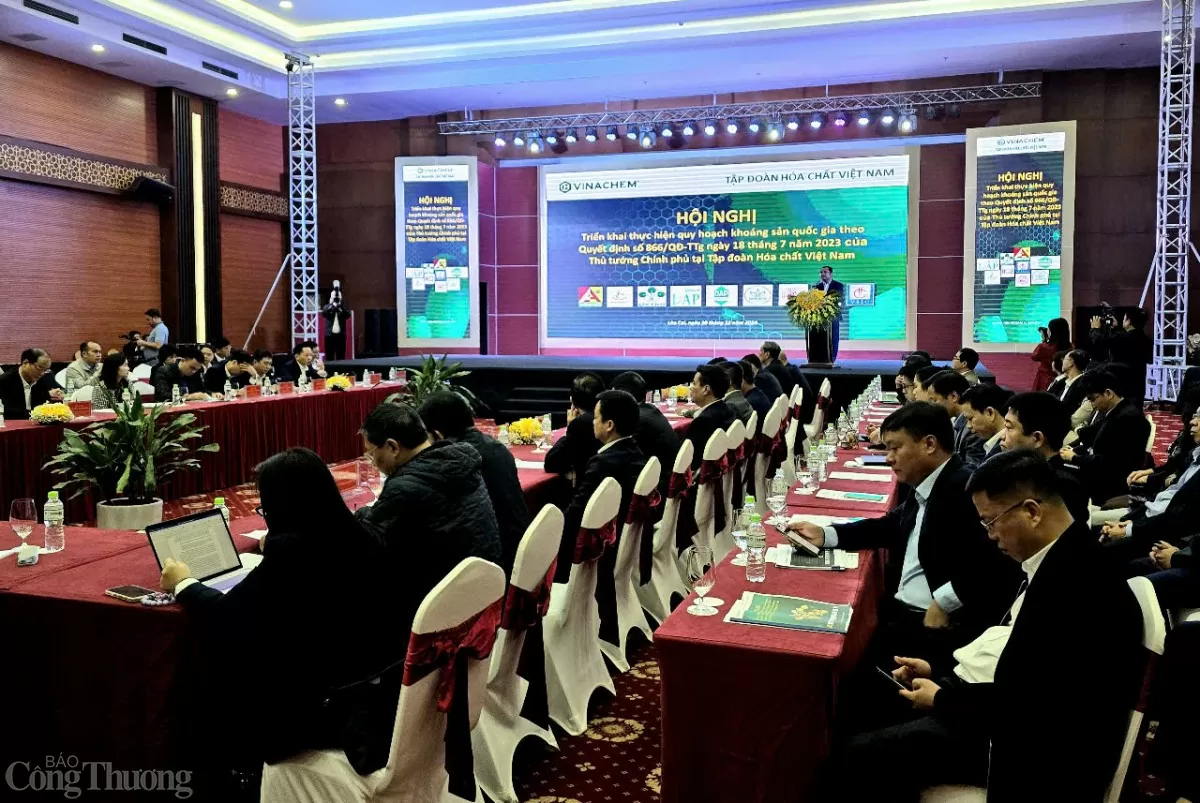 |
| Overview of the conference. Photo: Thu Huong |
In addition, due to the shortage of type III ore, we have also had a plan to add type II ore with low P 2 O 5 content from 24% - 27% to mix into the selected ore to produce superphosphate, although the current selected ore quality does not meet the requirements. "Along with that, the company has improved technology and equipment to increase the ore decomposition efficiency (Kph) in phase 1 and the whole process from 80% to 84%; the total process from 90% to 95%." - Mr. Nghia said.
As for DAP No. 2 Joint Stock Company - Vinachem, according to Mr. Nguyen Van Son: The solution we proposed is to recover P2O5 from the gypsum waste dump by pumping gypsum water from the gypsum water reservoir into the H3PO4 production workshop to recover the amount of P2O5 in the gypsum waste water.
“The company has used filter aids to improve filtration efficiency, reduce P2O5 loss in gypsum residue, and improve P2O5 recovery efficiency in ore. At the same time, it is looking for better quality ore sources to mix with selected ore to stabilize input quality and improve production efficiency,” said Mr. Son.
Faced with practical difficulties, Mr. Tran Dai Nghia proposed that Vinachem support and direct Apatit Vietnam Company to help supply Lam Thao Superphosphate Company with raw ore of type I; selected ore with low impurities (quality like ore used to produce DAP) so that the Company can produce superphosphate that meets QCVN quality, ensuring P2O5ht ; increase the output of type II ore for the Company to compensate for the lack of selected ore output to have enough raw materials to produce commercial superphosphate and superphosphate for NPK production of the Company.
As for DAP No. 2 Joint Stock Company - Vinachem, the enterprise hopes that the group will support the company in introducing external units to find solutions to help the company improve reaction conditions and fully exploit resources in the ore during the current period of declining ore quality.
Apatite ore will run out by 2040.
Sharing information at the conference, Mr. Nguyen Van Son - Deputy General Director of Apatite Vietnam One Member Co., Ltd. said: Based on the company's existing licenses, the current status of apatite ore resources that the company is managing will not be enough to meet the ore needs of the units in the Group in the period up to 2030, as well as after 2030.
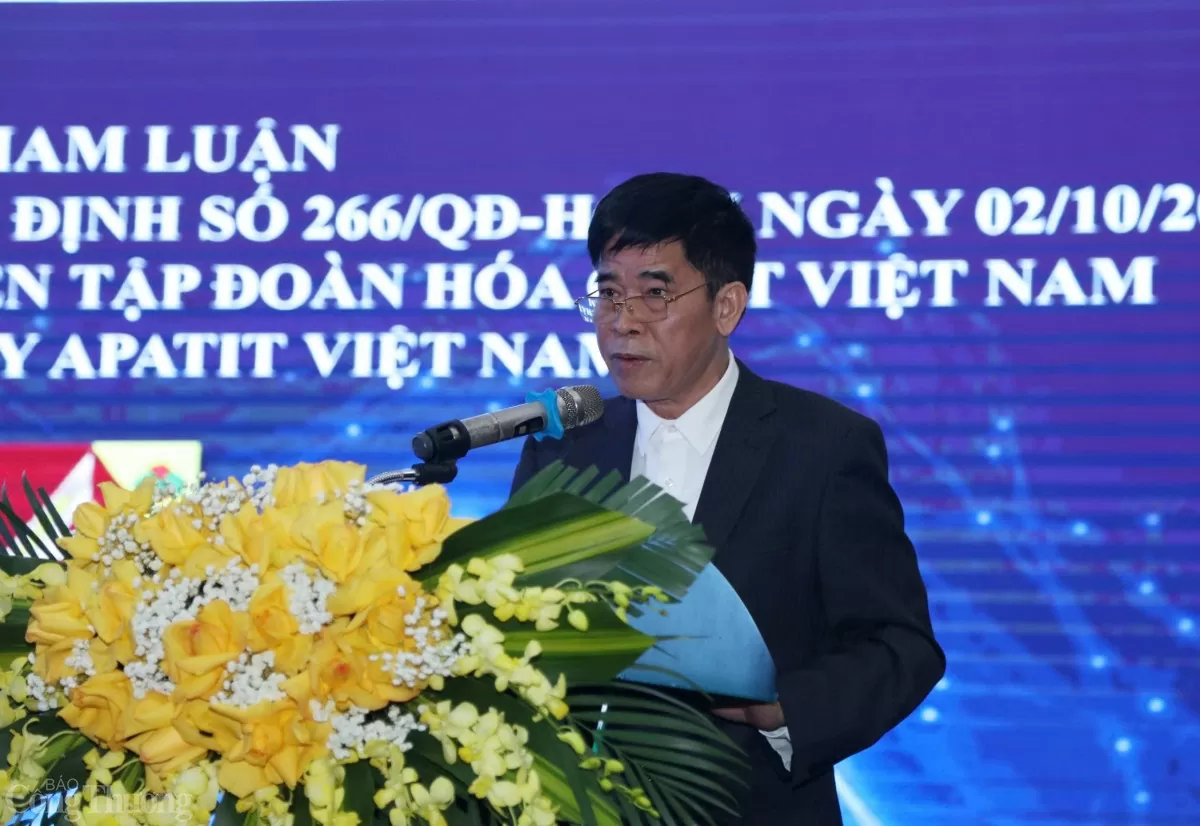 |
| Mr. Nguyen Van Son - Deputy General Director of Apatite Vietnam One Member Co., Ltd. Photo: Thu Huong |
However, in the period of 2031-2040, the company can meet 87% of the demand of the units in the Group with type I apatite ore, and by 2040 it will run out of type I ore. The company can meet the demand of the units in the Group with type II ore, and by 2037 it will run out of type II ore. The company can meet 21% of the demand of the units in the Group with type III ore, and by 2040 it will run out of type III ore.
Talking about the production of apatite ore in recent times, Mr. Nguyen Van Son said: According to the company's assessment, with the reserves of apatite ore that the company is currently licensed and has a plan to be licensed, in the coming time it will be very difficult for the company to meet the demand for apatite ore for units in the Group.
According to Mr. Son, with the reserve of type III apatite ore (III ore) expected to be about 30.5 million tons by the end of 2024. According to the existing reserves and mining capacity according to the mining license, the ore production capacity of the ore processing plants as planned for 2025 is 1.25 million tons, while the demand for raw type III apatite ore is 4.875 million tons,
Currently, the demand for selected ore is increasing, while the output of selected ore from ore III cannot increase according to the demand (due to lack of raw materials), so it is necessary to supplement the source of selected ore from ore II.
However, according to Plan 866, from 2031 to 2050, the mining of apatite ores of all types will focus mainly on type II apatite. According to the plan, the total reserves of type II ores in mining projects in the period 2021-2030 and the period 2031-2050 are: 183.305 million tons of type II ores/424.018 million tons of various ores (accounting for 43% of the total reserves of various apatite ores planned for exploitation in the period 2021-2030 and the period 2031-2050).
In addition, during the mining process, there will be a significant amount of secondary type II apatite ore (not meeting commercial standards).
According to the representative of Vietnam Chemical Group, currently secondary type II ore is not used because of its complex physical composition, making it difficult to select for P2O5 enrichment . However, in order to maximize the exploitation of mineral resources and to have enough apatite ore to serve fertilizer factories, contributing to ensuring food security for the country, secondary type II apatite ore needs to be researched and enriched by an economically efficient process. For that reason, Vinachem directed units to research and enrich secondary type II ore.
 |
| Mr. Nguyen Phu Cuong – Former Chairman of Vinachem Board of Directors. Photo: Thu Huong |
Mr. Nguyen Phu Cuong - former Chairman of the Board of Directors of Vinachem expressed: Vinachem is playing a leading role in the exploration, exploitation and processing of apatite ore. Throughout the past half century, Vinachem has promoted its role as a leading enterprise contributing to the creation of the chemical and fertilizer industry. To promote its leading role and build chains in member units, in the current trend of increasingly declining ore quality and limited reserves, the group has oriented member units in researching and applying technology in deep processing, specifically type II ore and type IV ore.
"Currently, new research is in the laboratory, but it will take time to put it into industrial production," Mr. Nguyen Phu Cuong emphasized.
However, Vinachem's fertilizer and chemical production enterprises have proactively proposed solutions such as recovering and improving efficiency in the ore selection process, improving the efficiency of ore use, etc.
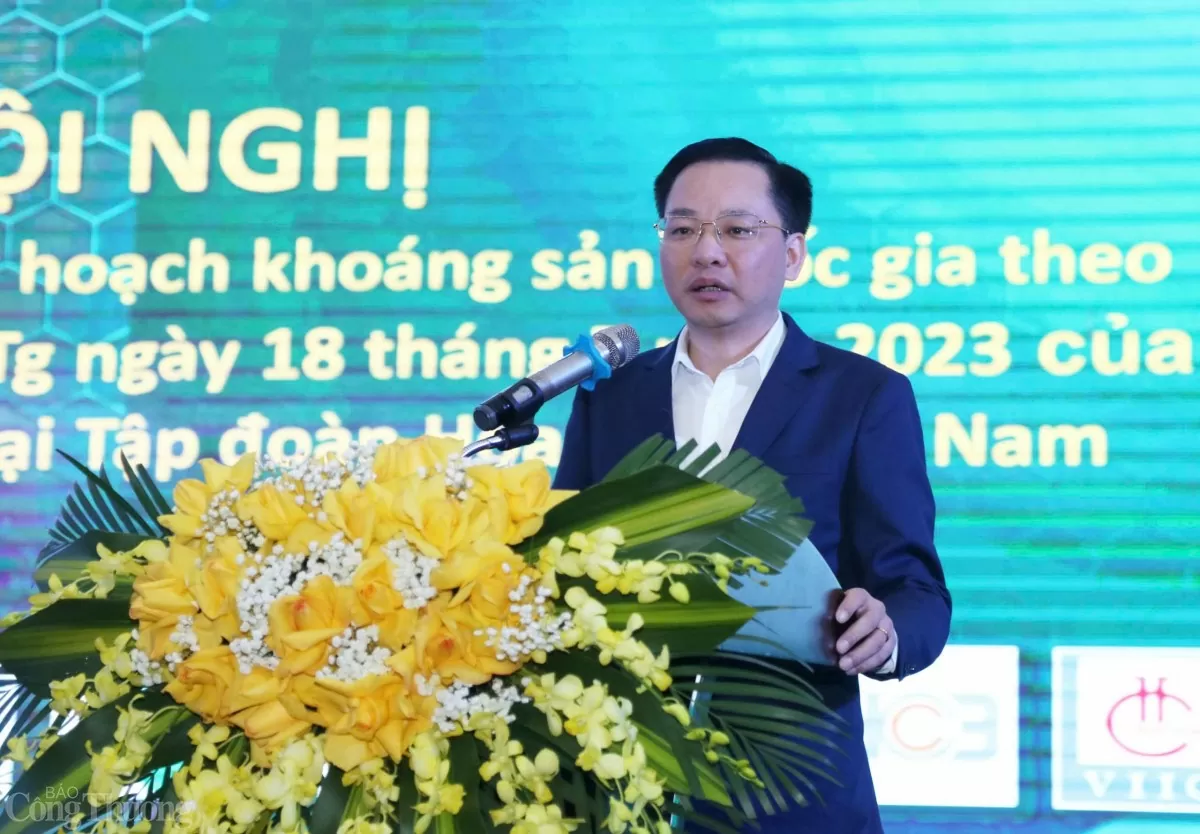 |
| Mr. Nguyen Huu Tu - Deputy General Director in charge of Vianchem Group. Photo: Thu Huong |
According to Mr. Nguyen Huu Tu - Deputy General Director in charge of Vianchem Group: The planning for exploration, exploitation, processing and use of minerals in the period of 2021-2030, with a vision to 2050 in Decision No. 866/QD-TTg dated July 18, 2023 of the Prime Minister is an important legal basis for implementing mineral exploitation and processing activities in Vietnam, including apatite minerals. The immediate implementation of the Plan for implementation of the Planning for exploration, exploitation, processing and use of apatite minerals in the period of 2021-2030, with a vision to 2050 of the Vietnam Chemical Group in Decision No. 266/QD-HCVN dated October 2, 2024 is extremely necessary.
To support member units in production as well as partly resolve existing difficulties, Mr. Nguyen Huu Tu requested the Boards of Vinachem, Vietnam Apatite Company Limited and units using apatite ore to develop detailed plans for their units to ensure compliance with and inherit the Planning, General Development Strategy of the Government, Ministries, branches and Vinachem's Development Strategy; ensure feasibility and flexibility in implementing projects and plans in each phase in accordance with the context and resources of the Group and the unit; Exploit and process minerals effectively, save resources associated with ensuring national defense, security, protecting resources, environment, labor safety and developing local socio-economy.
At the same time, review and promptly report to the Ministry of Industry and Trade and the Government to adjust and supplement projects and proposals to the Plan and the implementation plan of Plan 866 to serve as a basis for implementation in accordance with the actual situation. Closely follow the development trend of science and technology in order to invest in innovation, apply advanced and modern technology and equipment in mineral exploitation and processing; research on deep processing of apatite minerals to create a series of products with high added value.
| According to 2020 data, Vietnam produced about 22.5 million tons of animal feed, now this number is certainly larger, and PCP additives are 4%. In the coming time, to maintain the leading role, Vinachem units require the organization to be determined to implement the production and business plan well, in which the apatite ore supply plan plays a key role. |
Source: https://congthuong.vn/het-quang-apatit-vao-nam-2040-vinachem-lo-thieu-hut-nguyen-lieu-san-xuat-phan-bon-365274.html






![[Photo] Relatives of victims of the earthquake in Myanmar were moved and grateful to the rescue team of the Vietnamese Ministry of National Defense.](https://vstatic.vietnam.vn/vietnam/resource/IMAGE/2025/4/2/aa6a37e9b59543dfb0ddc7f44162a7a7)
![[Photo] Third meeting of the Organizing Subcommittee serving the 14th National Party Congress](https://vstatic.vietnam.vn/vietnam/resource/IMAGE/2025/4/2/3f342a185e714df58aad8c0fc08e4af2)

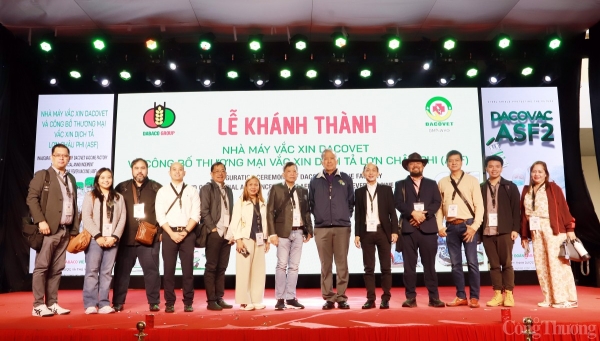
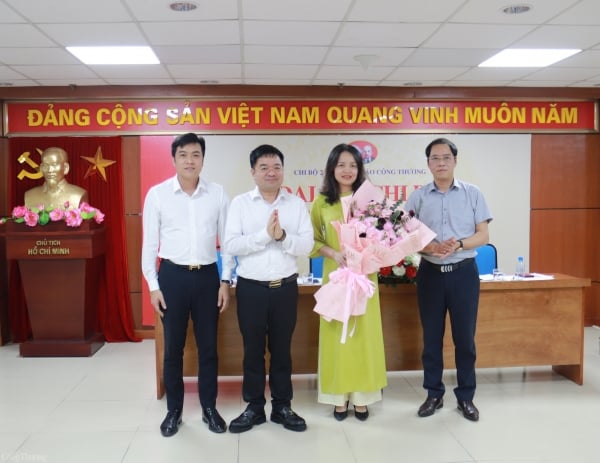
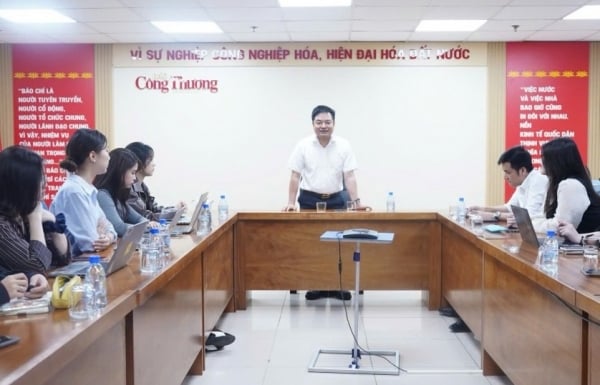

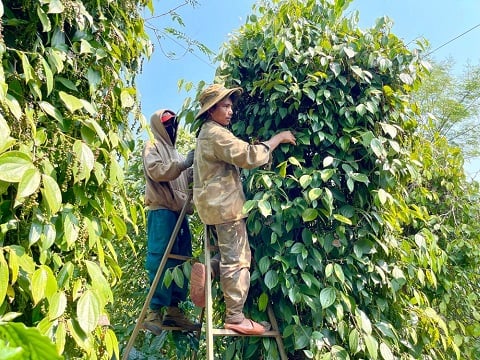


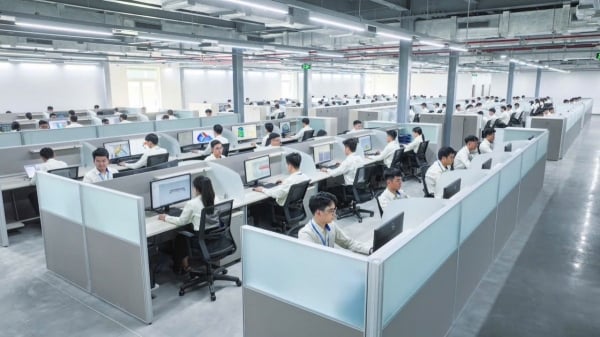

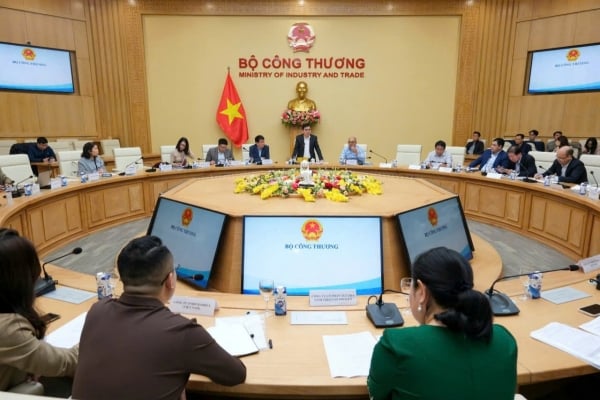







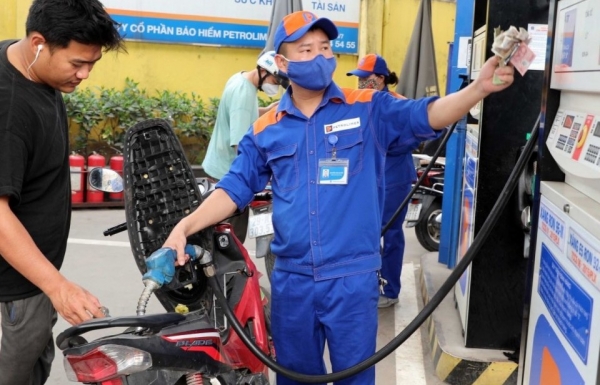
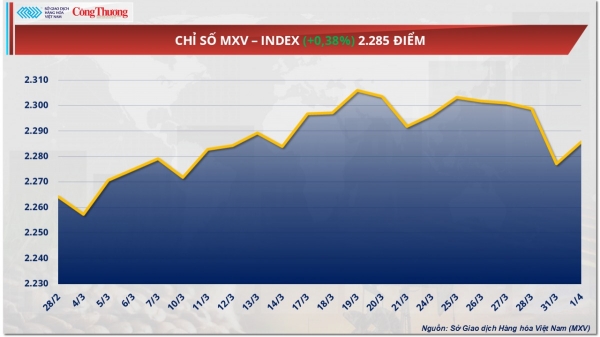

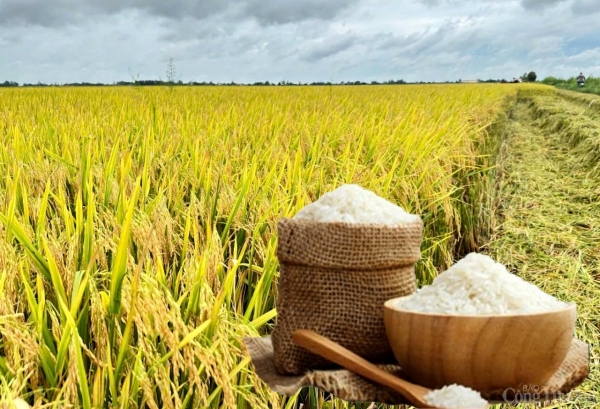






































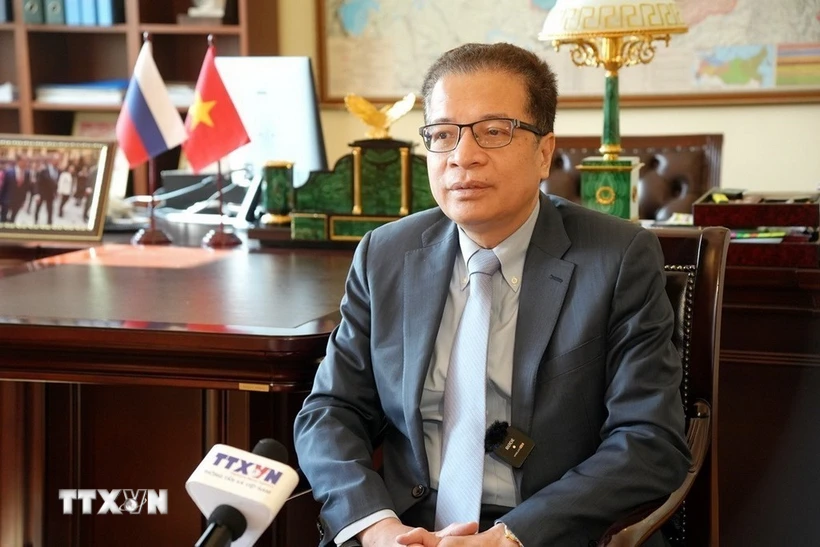

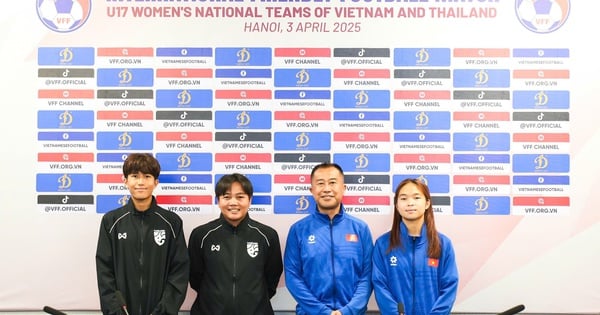

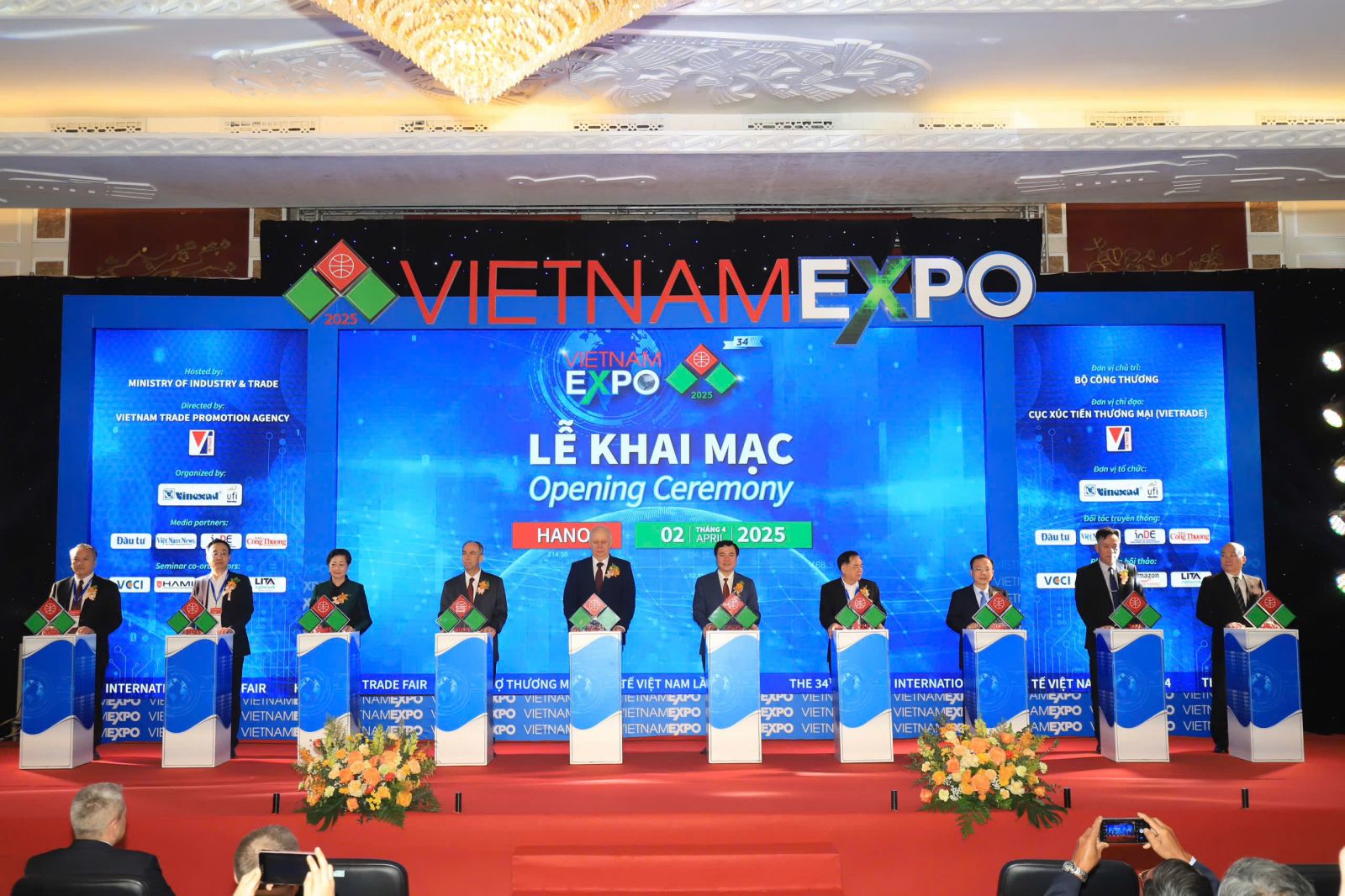



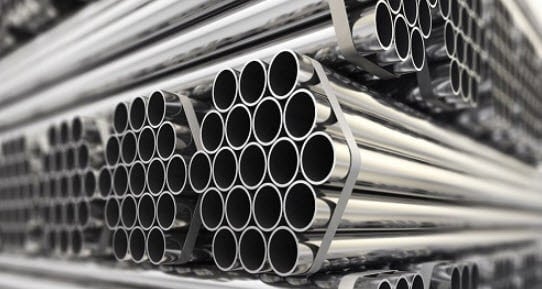



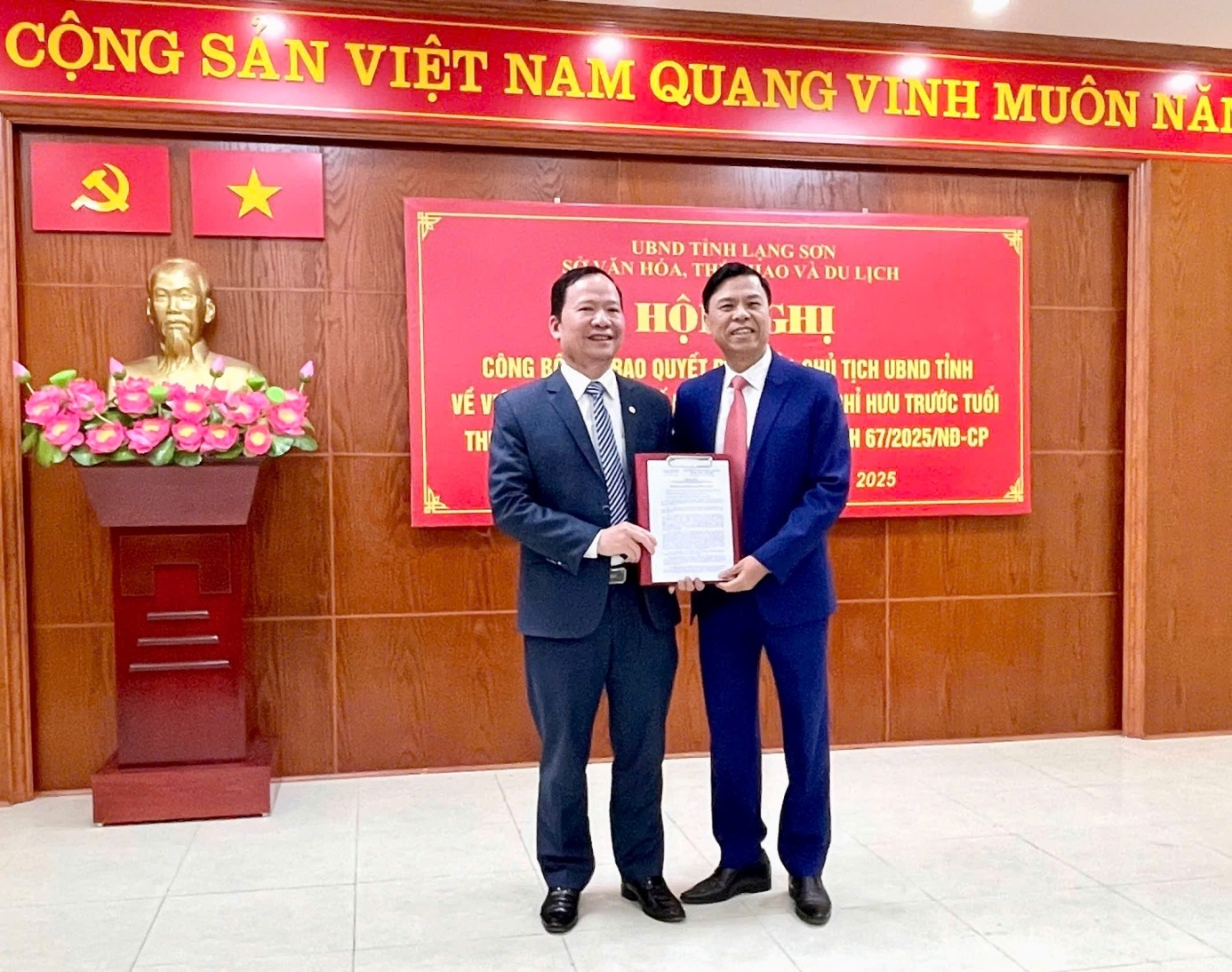


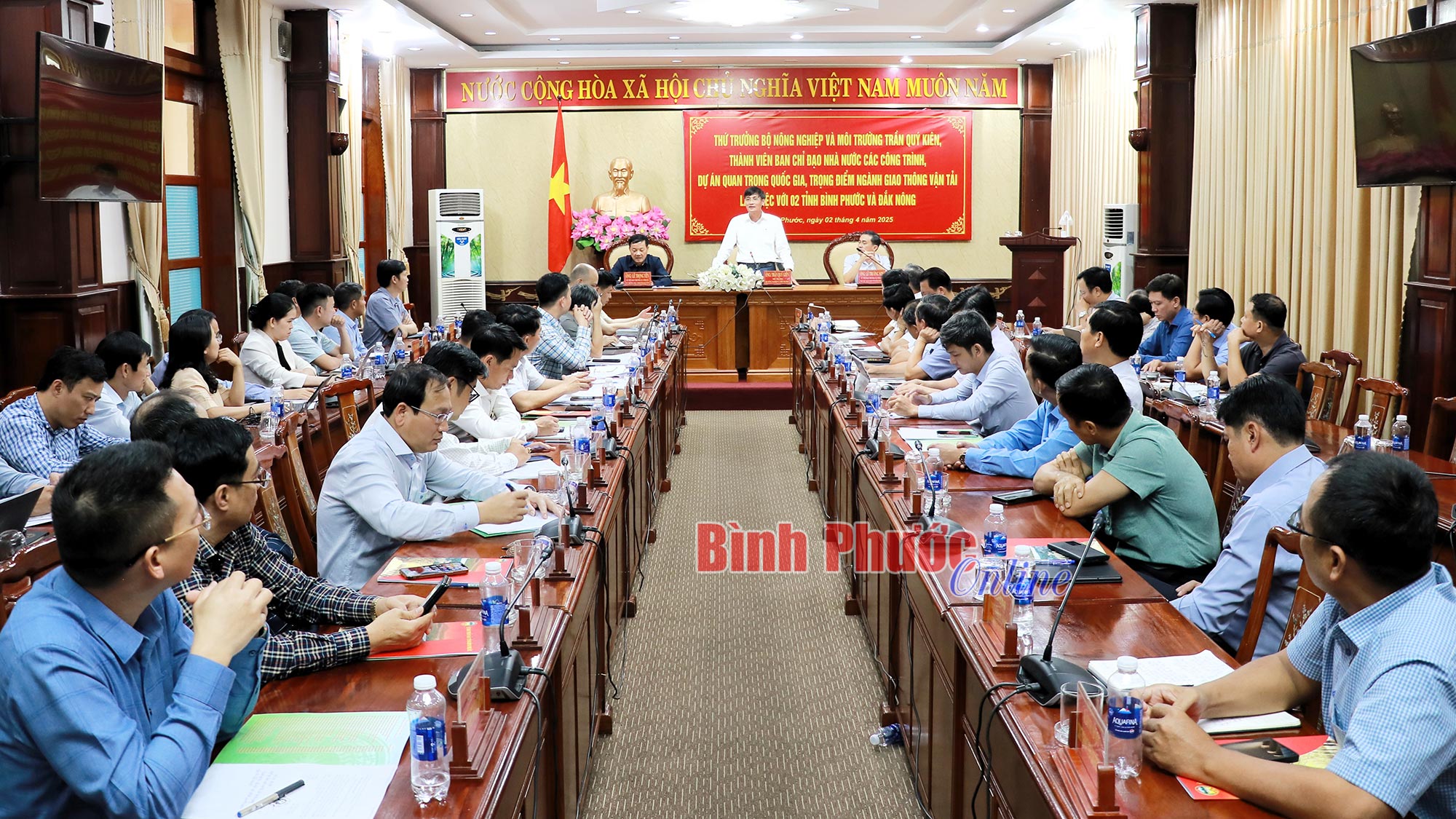

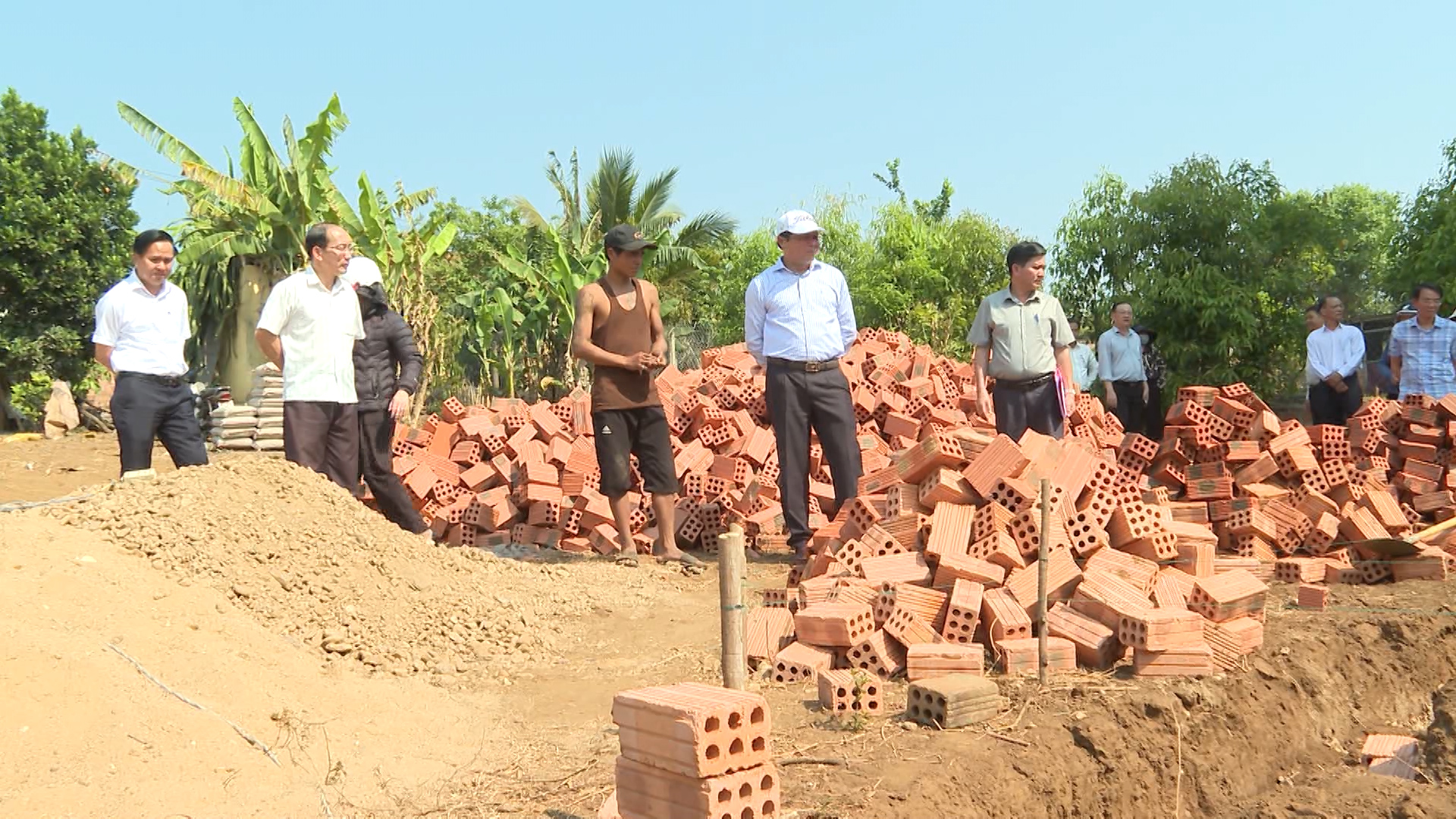
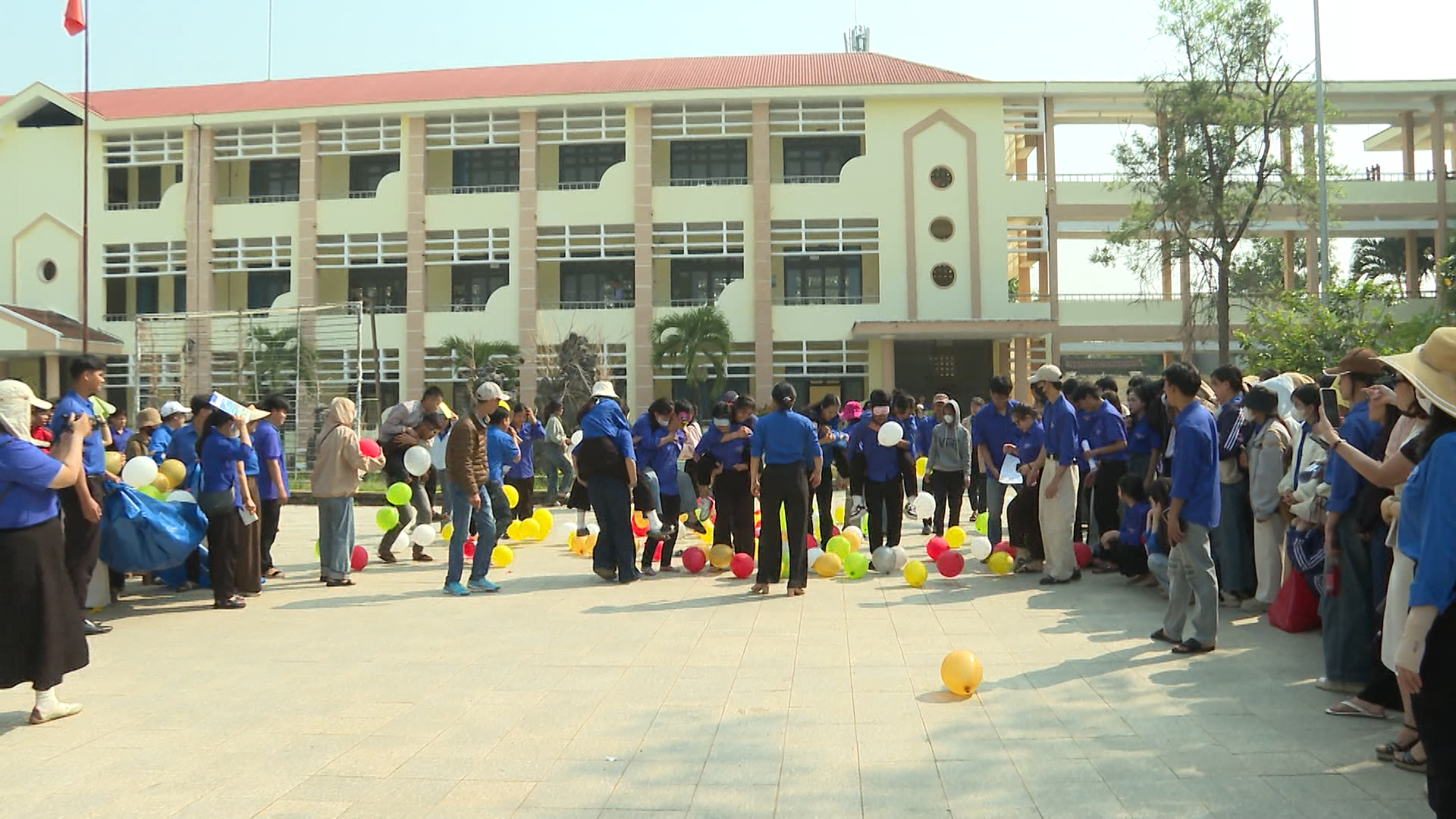











Comment (0)